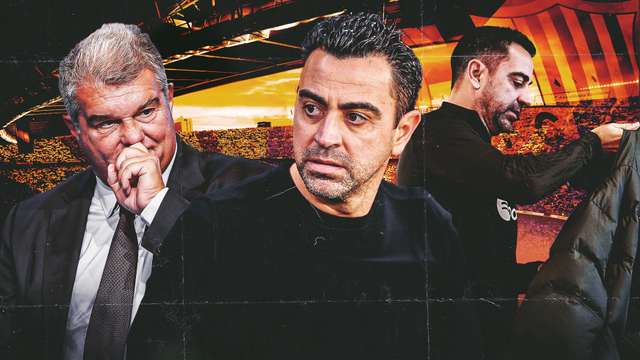Antonio Conte has been in charge of Tottenham Hotspur for 58 days but only nine matches, reflecting the peculiarity of his pandemic-hit start to life in north London.
Three Premier League games have been postponed and one Europa Conference League match has been forfeited, resulting in Spurs crashing out of continental competition.
They remain five points short of the Champions League places – exactly where they were when Nuno Espirito Santo was sacked.
However, that does not capture the story of Conte’s start or the optimism that has taken hold at Tottenham as the team gradually comes together.
Things could hardly be more different from the disordered and energy-sapping Nuno reign. Already we are seeing a clear identity, marked improvements, and hard work.
Next Match
Conte’s blueprint taking shape
The Italian immediately implemented a 3-4-3 formation upon arrival (deviating only once, using a 3-5-2 for the 2-2 draw with Liverpool) and began to put the structure in place.
Like Pep Guardiola, Jurgen Klopp and Thomas Tuchel, Conte is all about positional discipline and tactical minutiae, drilling the idea of shape and movement, of pressing and compression, in long training sessions.
The postponed fixtures appear to have helped get the foundational ideas across relatively quickly.
Spurs matches, as in the early days of Guardiola and Tuchel in particular, have focused more on defensive solidity and a rigid formation than creativity, giving the impression of a restrictive setup that limits fluidity or improvisation.
The latter will come in time but, like all the best managers, Conte is starting from the bottom up: get the basic shape nailed down before loosening the strings.
That basic shape includes, broadly speaking, holding a stern mid-block with very short distances between players both horizontally and vertically.
Spurs press hard immediately after losing possession but, aside from those moments, only once the opponent enters the middle third of the pitch.
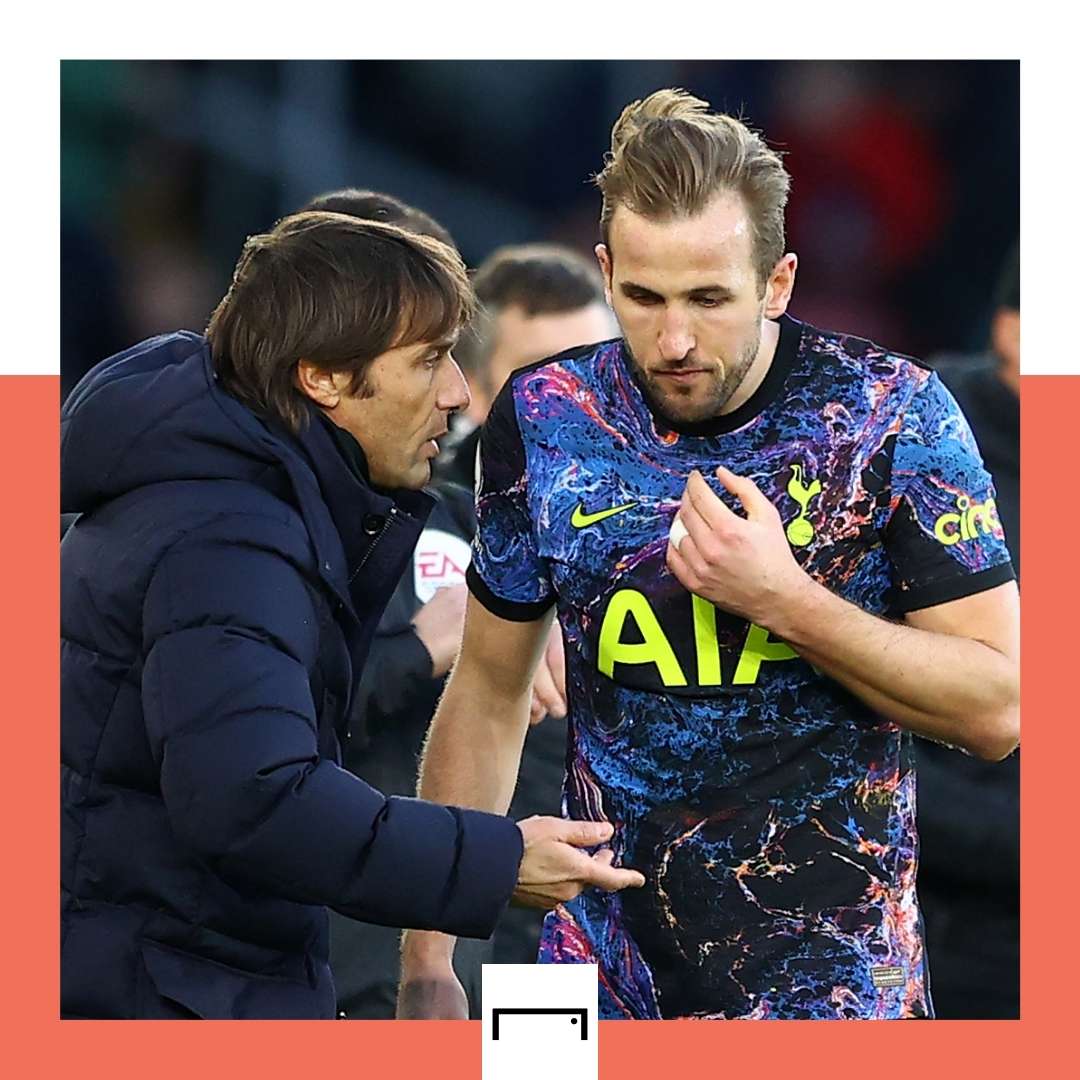 Getty Images
Getty ImagesOn the ball, the idea is sharp, vertical football played in the transition, and while this includes plenty of long balls forward and incisive dribbles through the lines (more on that later), it is also about distributing as fast as possible into a narrow front three, who turn and run directly in behind.
Spurs’ progressive passes attempted have gone up from 57.4 to 76.0 per match, according to WyScout, while their number of 'smart passes' ("a creative and penetrative pass that attempts to break the opposition's defensive lines to gain a significant advantage in attack") has risen from 6.4 to 9.0 per game.
That is a huge jump that captures the newfound urgency in their play, while Conte’s ruthless tactical coaching is already paying off.
They are averaging 2.17 expected goals [xG] per match in the Premier League, up from 1.2 prior to his arrival, and, having failed to hit a 2.0 xG in any of their league games under Nuno, have exceeded 2.0 xG in five of their seven under Conte.
Defensively, their expected goals against [xGA] has gone down from 1.3 xGA under Nuno to 0.8 xGA. Spurs are improving at both ends of the pitch.
Forward line: Dual 10s, Kane’s form and runs in behind
The most important attacking feature so far has been the interactions of Lucas Moura, an early favourite of Conte’s, and Son Heung-min in the No.10 space.
Operating together as inside forwards, these two are taking up much narrower positions than they have done historically, with the aim being to stay close to Harry Kane and work quickly on the break.
Conte’s narrow front three allows players to exchange short, sharp passes in transitional moments, and it also ensures his most effective footballers are in the most dangerous areas of the pitch. The half-spaces – the columns that run between opposition full-back and centre-back – are the most fertile, and already we have seen Lucas and Son benefit from lurking here.
Lucas’ brilliant goal in a 3-0 win over Norwich City was created with Son by dancing through this area in a match defined (in the first half at least) by how often Spurs got their most creative players on the ball in the space between Norwich’s defensive and midfield lines.
The Brazilian’s headed goal against Crystal Palace was the result of him driving through the middle of the park, while Steven Bergwijn’s superb performance in the EFL Cup against West Ham owed to his central position.
 Getty Images
Getty ImagesJust as important to the reconfiguration of their attack is the number of runners Spurs look to get in behind and the urgency with which they are looking for a through ball.
Both goals against Liverpool came from slide passes in behind, as did the first against Crystal Palace, with Son and Kane, in particular, enjoying playing on the shoulder of the last defender.
A move towards counterattacking football and fast vertical passing has particularly benefited Kane, who works better with open patches of grass in front of him that provide the opportunity for Hollywood passes.
Midfield line: Transitions, Dele and more creativity
This newfound sense of transitional attacks would not be possible without a rethink of how central midfield operates, and it is interesting to note how Conte has gradually evolved his set-up in the middle.
He began with Pierre-Emile Hojbjerg and Oliver Skipp as guaranteed starters, but despite their tactical intelligence and solid defensive attributes, their workmanlike quality – and tendency to recycle the ball sideways – left Spurs a little flat at times.
It was almost as if Conte was using them to get the foundation settled before turning up the dial on the more ambitious side of things, because in the last four games he has gradually introduced Harry Winks, Dele Alli and Tanguy Ndombele.
Winks’ willingness to always look for a forward pass, and to move the ball quickly even in tight areas, has proved revelatory. This was most effective in the 2-2 draw with Liverpool, although he was also Tottenham’s best player in the 1-1 draw with Southampton; his brilliant pass for Kane’s marginally-offside goal was the moment of the match.
Fast counterattacks or moving quickly in transitional moments has also required bypassing midfield altogether at times, and this is where Dele’s resurgence has been encouraging.
Against Liverpool and Southampton, he made runs beyond the forwards, following the long-established pattern of how Conte teams operate by ghosting ahead of the strikers as they pinned both centre-backs.
Defensive line: Long balls and flying wing-backs
Defensively, Conte’s Spurs sit very narrow and are happy to drop back for long periods when necessary; against Liverpool, their squeezed formation left Klopp’s full-backs free out wide with hazardous consequences and, against Southampton, they were camped in their own third throughout the first half.
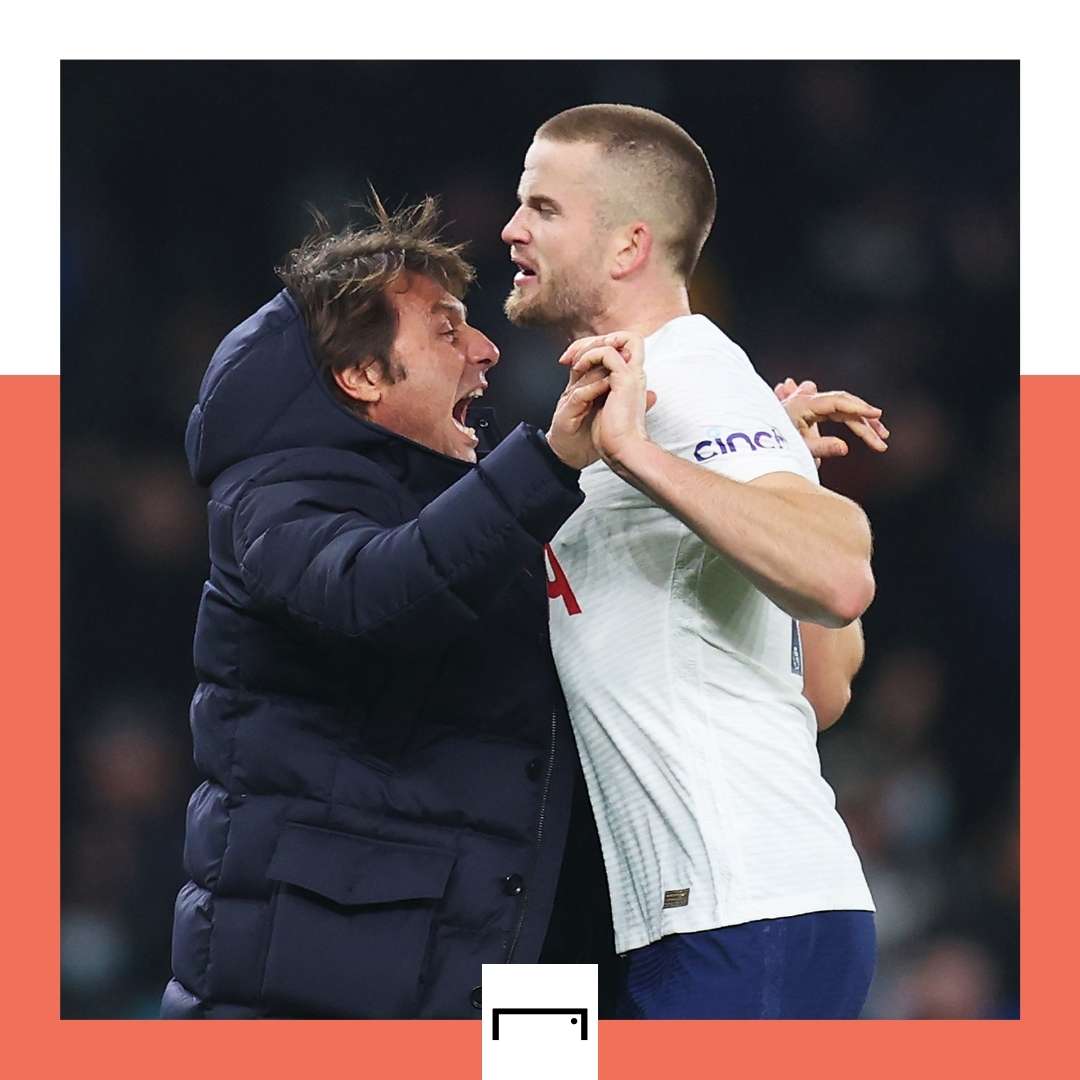 Getty Images
Getty ImagesHowever, it is wrong to view Conte as a defensive coach and what his back-line do on the ball is just as important as what they do off it.
Eric Dier has become an important player in the middle of the back three, by sweeping long balls forward (either over the top, as he did again and again versus Liverpool, or diagonals into the wing-backs, as against Norwich and Brentford) and dribbling out from the back.
Dier and Ben Davies, another early favourite, are now expected to break the lines in possession, dribbling out as the spare man to disorganise the opposition before switching play with a longer pass.
What these two lack in pure defensive attributes – thankfully Tottenham’s control of the game, plus their compression between the lines, means fewer touches for defenders in their own third – they make up for in their ball-playing qualities.
Finally, the wing-backs are expected to play a big role in Conte’s system, although this is the area in most need of improvement. Sergio Reguilon is finding his feet on the left but the same cannot be said for Emerson Royal, and Conte’s frustration in this department is betrayed by recent team selections.
Although Spurs are crossing far more now than under Nuno (15.7 per game, up from 11.3), a reflection of how the wing-backs are expected to fly forward and supply traditional width, most are aimless.
Against Southampton, Conte turned to Bryan Gil and Mat Doherty as inverted wing-backs, a confused choice that stifled both players as crosses were easily batted away.
Conte needs to find the right partnership on the two flanks to complement encouraging early signs in every other area of the pitch.
He has worked remarkably quickly and, despite cancellations and dropped points, supporters can feel quietly confident of a top-four challenge.
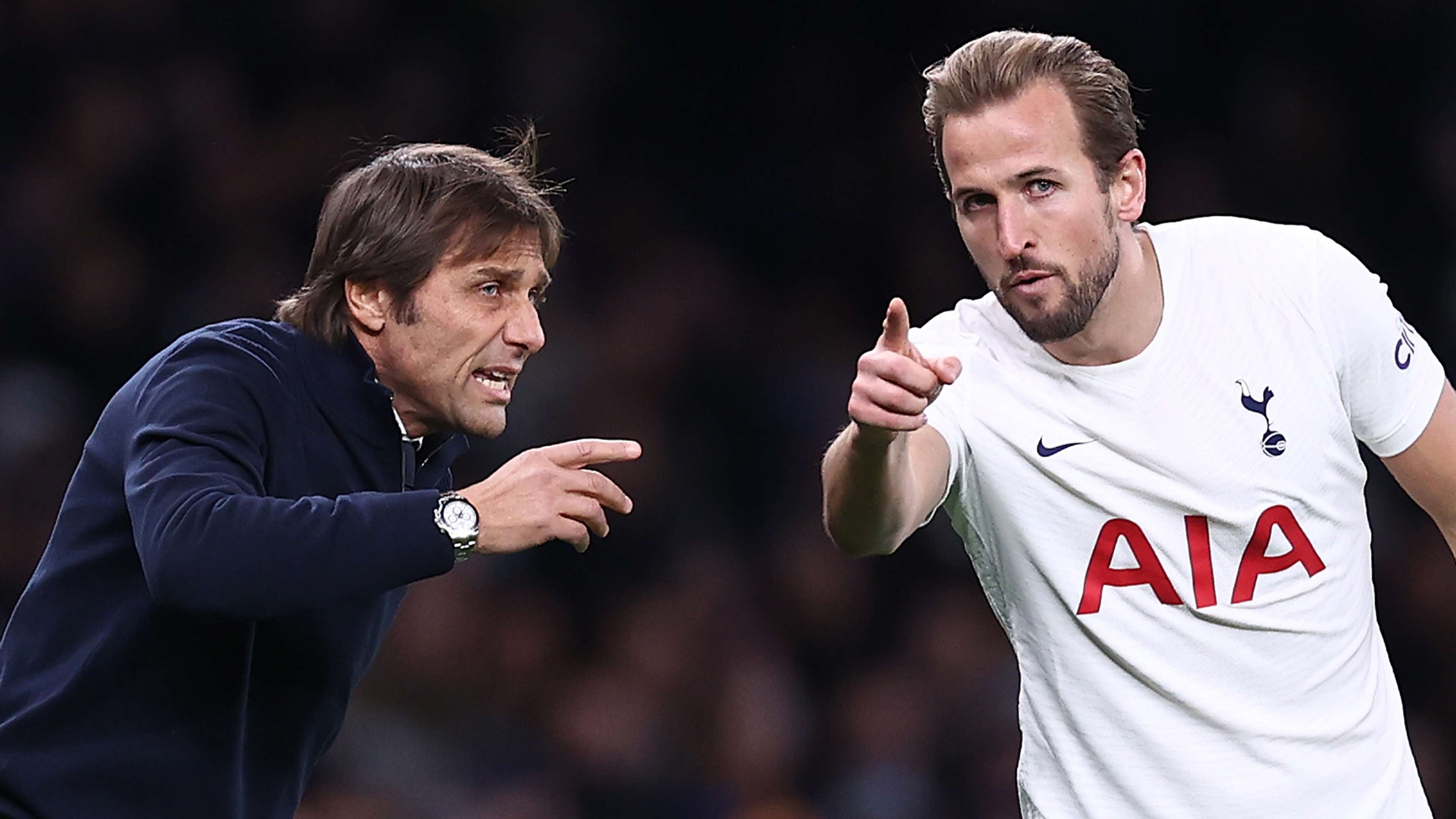


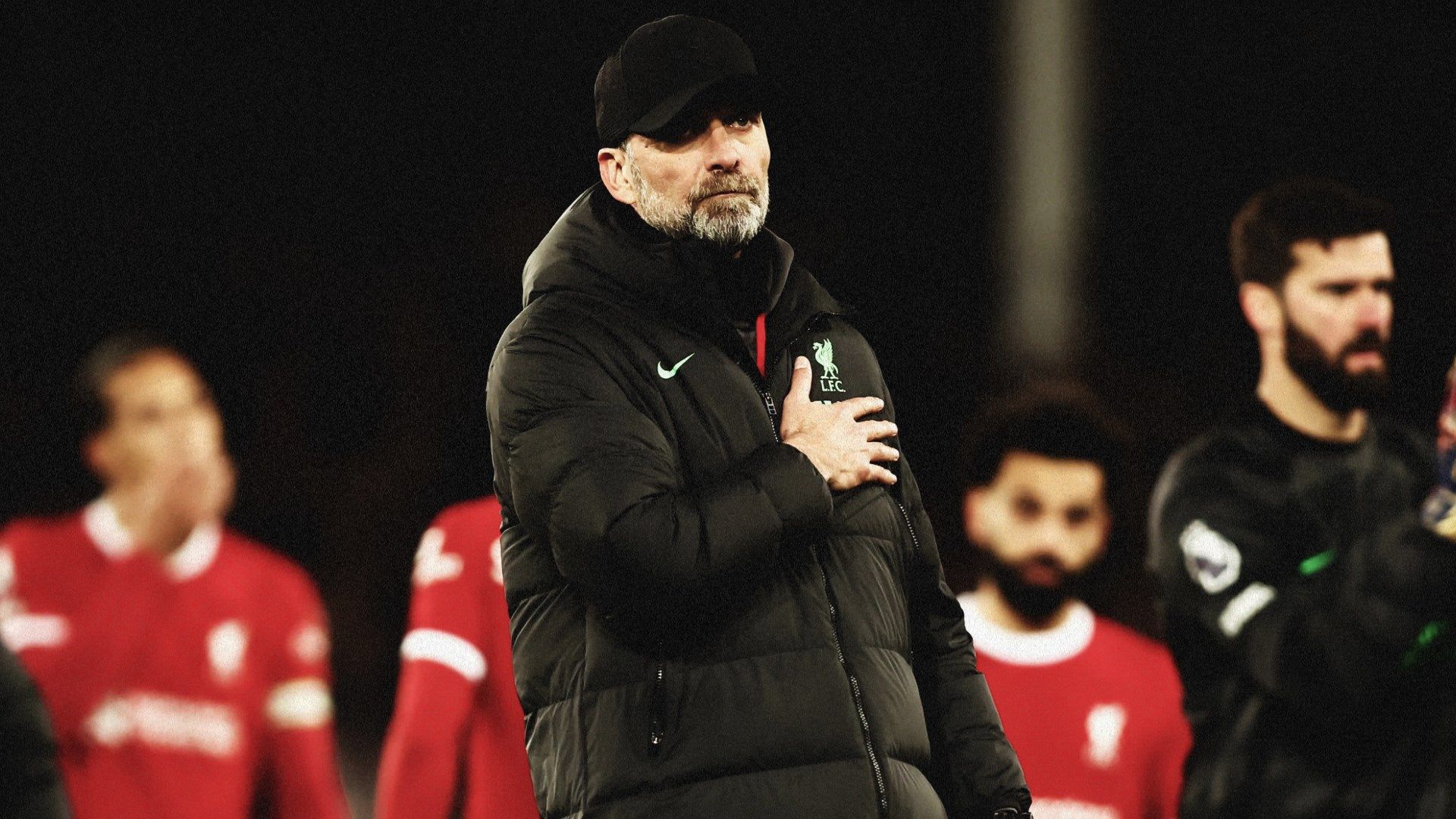.jpg?auto=webp&format=pjpg&width=640&quality=60)
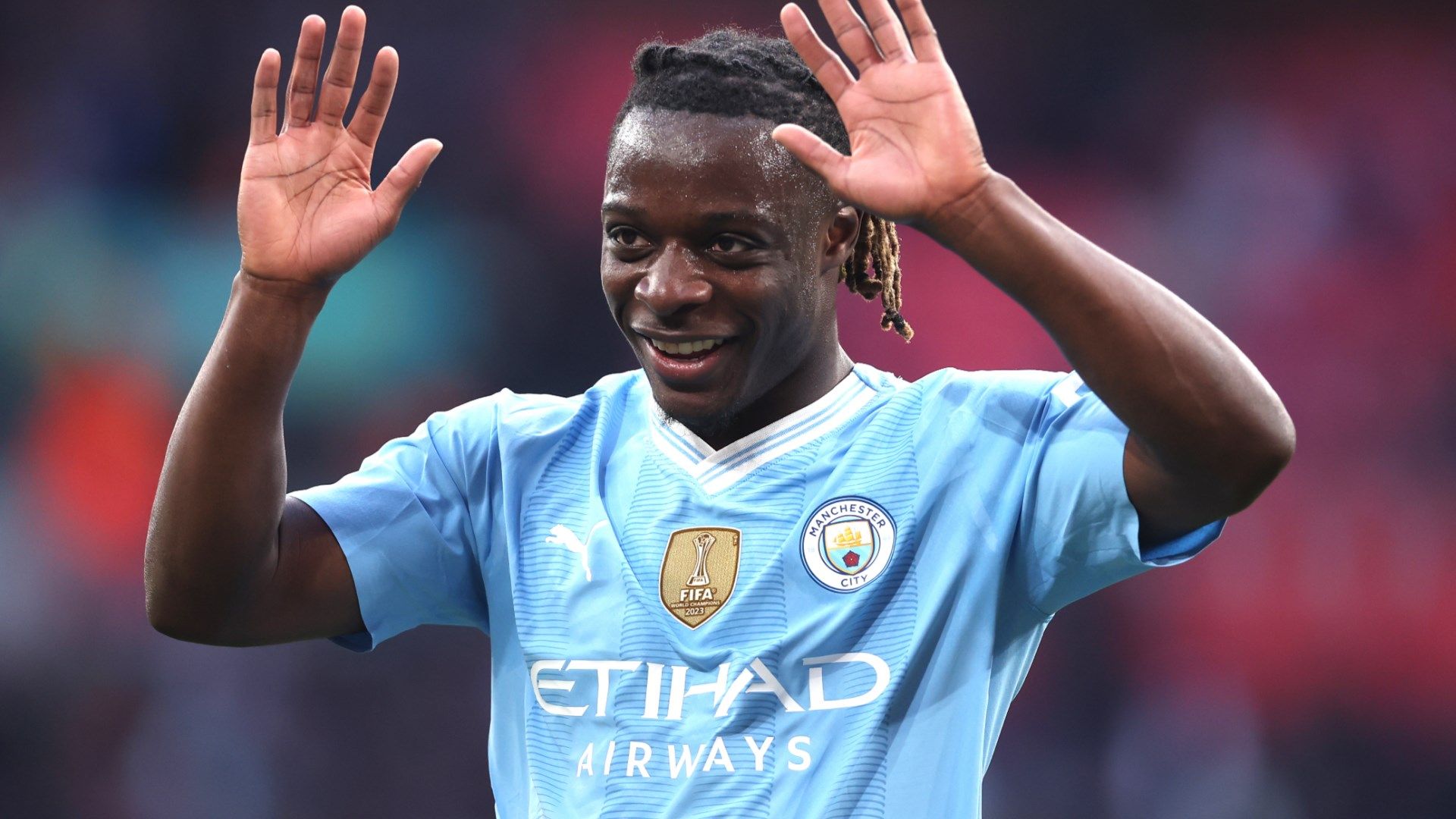.jpg?auto=webp&format=pjpg&width=640&quality=60)
